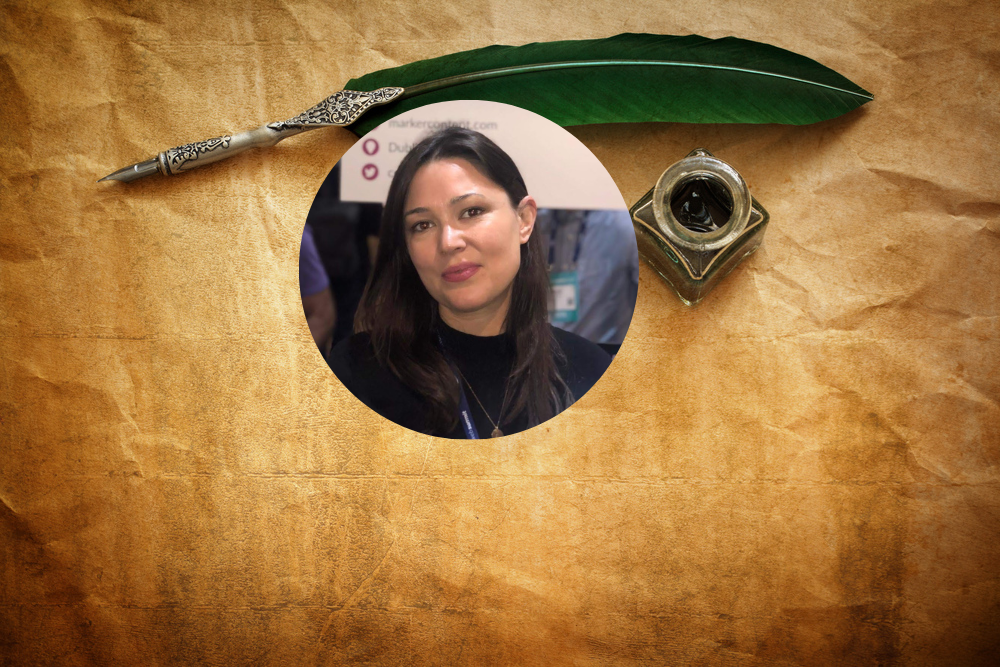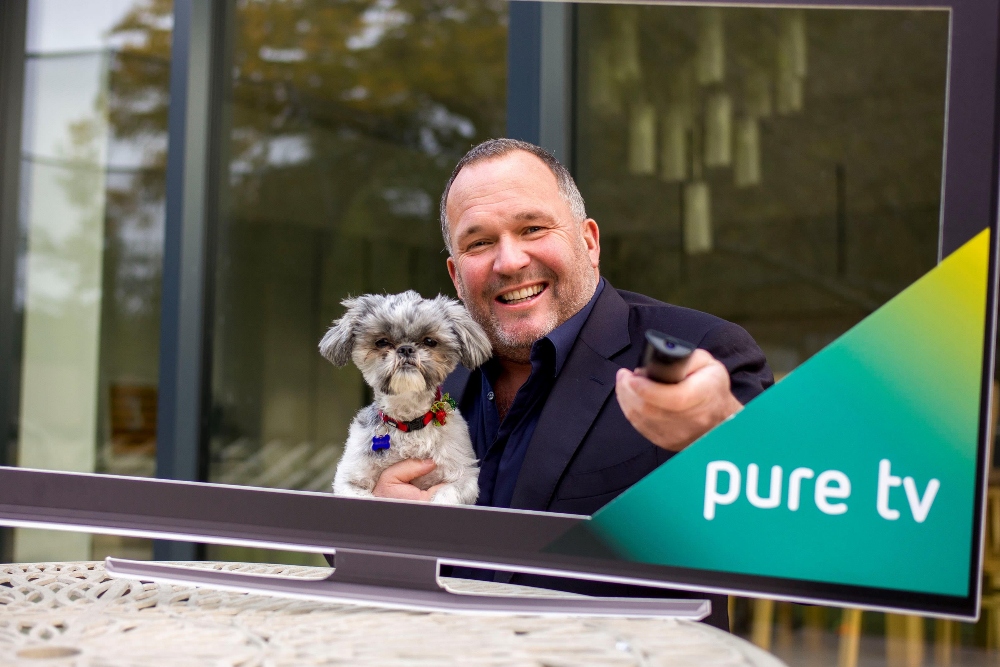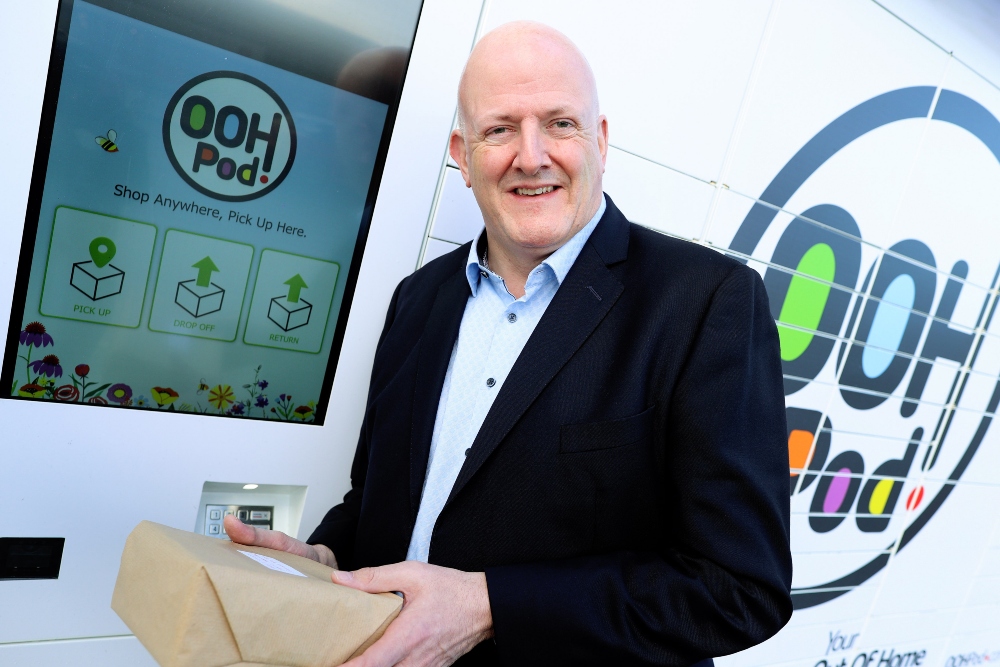Podcast Ep 142: Design language is increasingly becoming the lingua franca of the digitalised business world and UX and CX skills matters, says Brian Herron, director of Each&Other.
User experience (UX) and customer experience (CX) may sound like tech terms but for businesses like banks and retail whose new shop window is predominantly via apps as much as their physical presence, they feature in most strategy discussions.
Eventually this will cascade across all businesses who need to create a common but useful brand experience that will be fulfilling for the customer.
“CX is the totality and the feeling of using something or doing business with an organisation. The brand experience and the product experience are coming together and inform the sense of loyalty and excitement you feel about something”
Customer experience (CX) refers to how a business engages with its customers at every point of their buying journey—from marketing to sales to customer service and everywhere in between. It’s the sum total of all interactions a customer has with a brand.
At the coalface of this revolution in digital business both in Ireland and across the world is Dublin business Each&Other. Last year ThinkBusiness reported how Each&Other is to create 10 new jobs, scaling it to 25 people.
Established in 2014, Each&Other is based in Dublin, employs 15 people and delivers research and digital design projects throughout EU, Middle East and US.
Each&Other delivers award-winning digital experiences using a customer-centred approach to product development.
Design to thrive
Each&Other director Brian Herron explained that the business evolved from a previous company called IQContent. “As a team we’ve been working together for sort of 15-plus years. We’re headquartered in Dublin, but we are working across the EU, the UK, North America, South America and Asia Pacific, so real global coverage.
“We focus on three things: customer research, UX research which is understanding why people use products and then we do the actual design: creating digital products and helping bring those products to the market.
“Then we help companies build a capability in-house.”
Previously in tech, selling concepts like UX and CX would have been hard but you can argue that through digital experiences and ecosystems like the iPhone and the App Store or Amazon’s retail empire, people get the importance of design language.
For an area that is relatively new, Herron says it’s already a mature industry. “College courses are training people to be UX designers and there’s a huge amount of interest in companies of all shapes and sizes who are trying to bring these skills -in-house but also avail of agencies like ours to deliver products to market.
“So we’re in a moment where there’s a been a huge interest in digital and non-digital businesses in this.”
These businesses, he says range from organisations like start-ups right through to legacy businesses aiming to make better products and experience for customers.
“So we’ve been able to avail of that industry-wide trajectory. In terms of scaling, we’re still a relatively small team and we’re independent as well. We are bootstrapping ourselves slowly.
“We’ve spent the last five years organising ourselves so that we can better track and make available what the market wants from us. The first step is how we position ourselves in the market and the second step is understanding the size and shape of the market. An organisation has to be what kind of business model we need to make sure that first of all we survive as a business and second of all, that we thrive and be able to grow. And both of these things ended up pointing in the same direction: it’s about understanding that our job is to be UX specialists.
“The businesses have to think about the transformation things that they’re going through. Our job is to be the specialists who really know our area and to be the go-to business when companies are struggling with their technology, their processes and have deep CX and UX problems that they need to solve.
“We are the go-to business for solving that.”
This, he says, means Each&Other has to think internationally.
“We concluded that we had to be an international business that we need to onboard clients with global profiles and who understand the value that we can bring. This all leads to the same conclusion around the size and shape of the business that we need to construct to take advantage of what we can do.”
It’s all about the experience
From the moment Steve Jobs said “one more thing” in 2007, it was clear the way businesses evolve had changed forever. He didn’t just reveal a phone, Apple went and built a multi-billion-dollar ecosystem for apps and more that we take for granted today.
At the heart of making this work is a confluence of design and function which added together result in experiences for which consumers are happy to part with their money. So it wasn’t just a phone that was unveiled that fateful day, it was a blueprint for 21st century business.
Herron says UX and CX is at the heart of this. “It’s a mode of thinking that goes beyond the surface level.
“CX or customer experience is the totality and the feeling of using something or doing business with an organisation. The brand experience and the product experience are coming together and inform the sense of loyalty and excitement you feel about something.
“UX or user experience is better thought about as a process and a way of getting stuff done to a certain degree of quality and prioritising certain things. If you think about the iPhone, everyone else like Motorola and BlackBerry was obsessed with the keyboard but Apple was obsessed with the screen keyboard experience because they knew that if they didn’t get the interface right, it was never going to work.”
And within a few years BlackBerry was gone, despite attempts to modernise. So, if you think about it, UX and CX are iterative ways of giving customers what they want or anticipating those needs.
“It’s about spotting where the industry is going,” says Herron on the importance of following a UX process for digital, offline and online experiences. “That lesson applies to all digital products and to every touch point and any moment that your customer is interacting with your business.”






